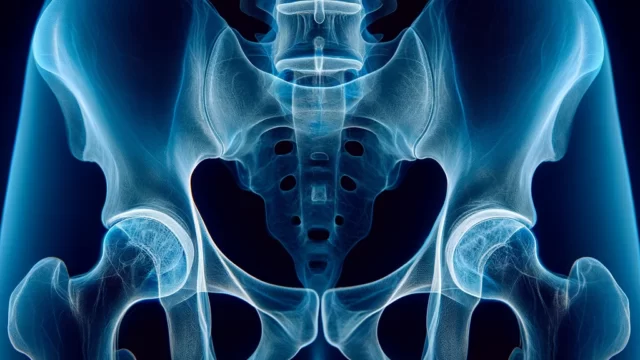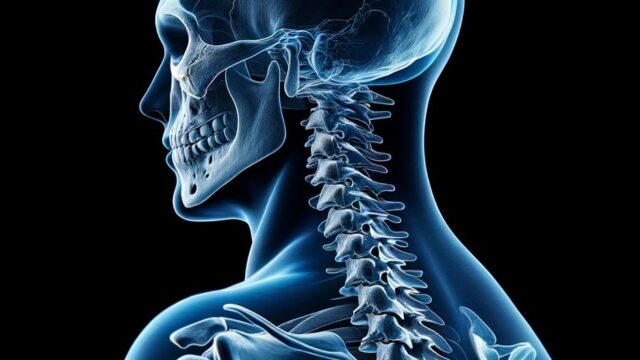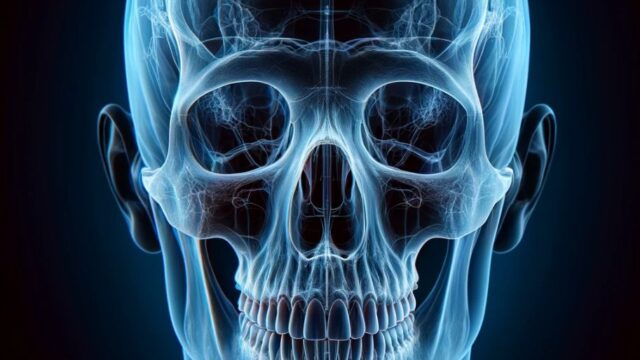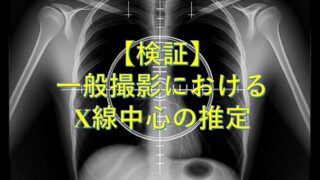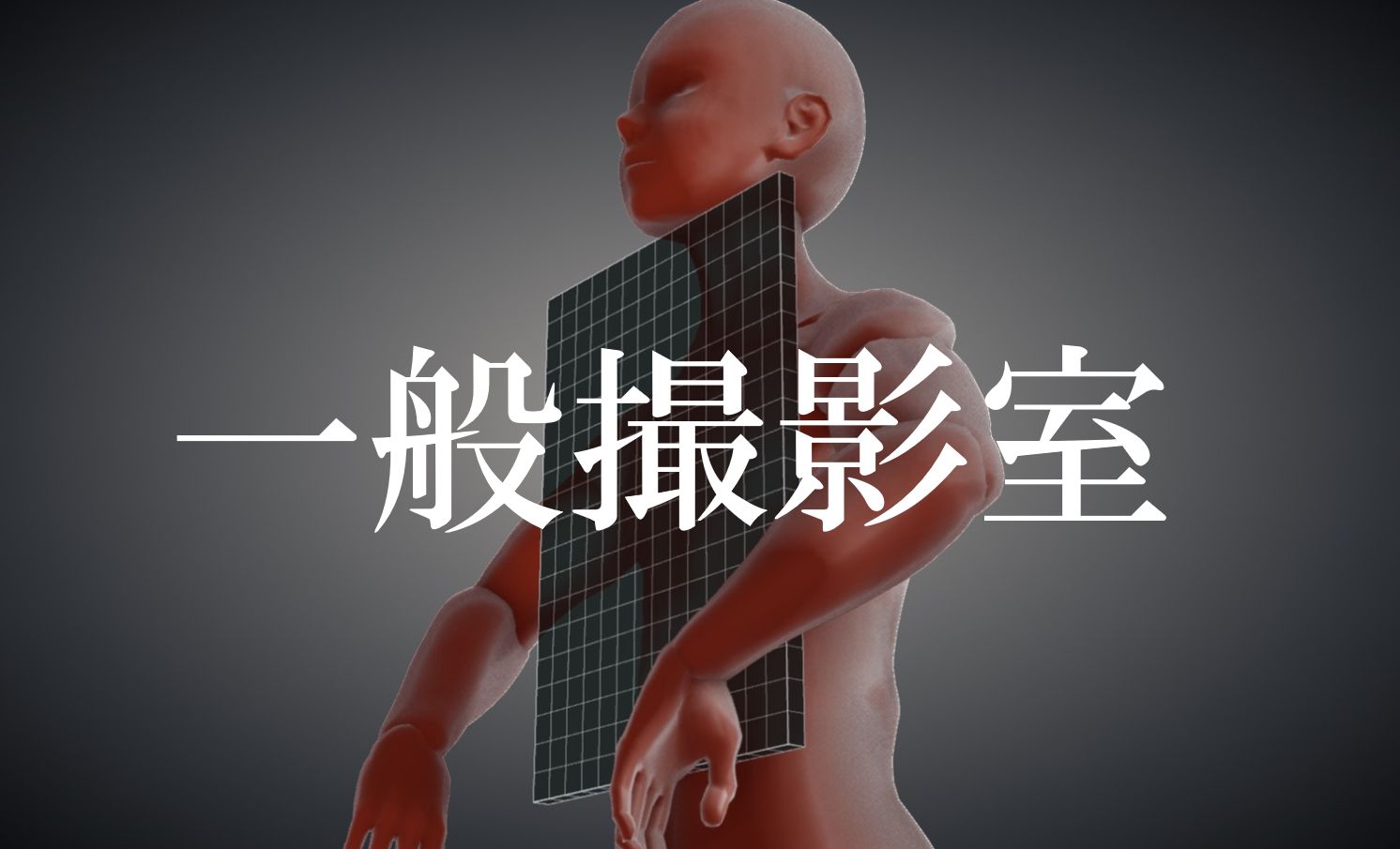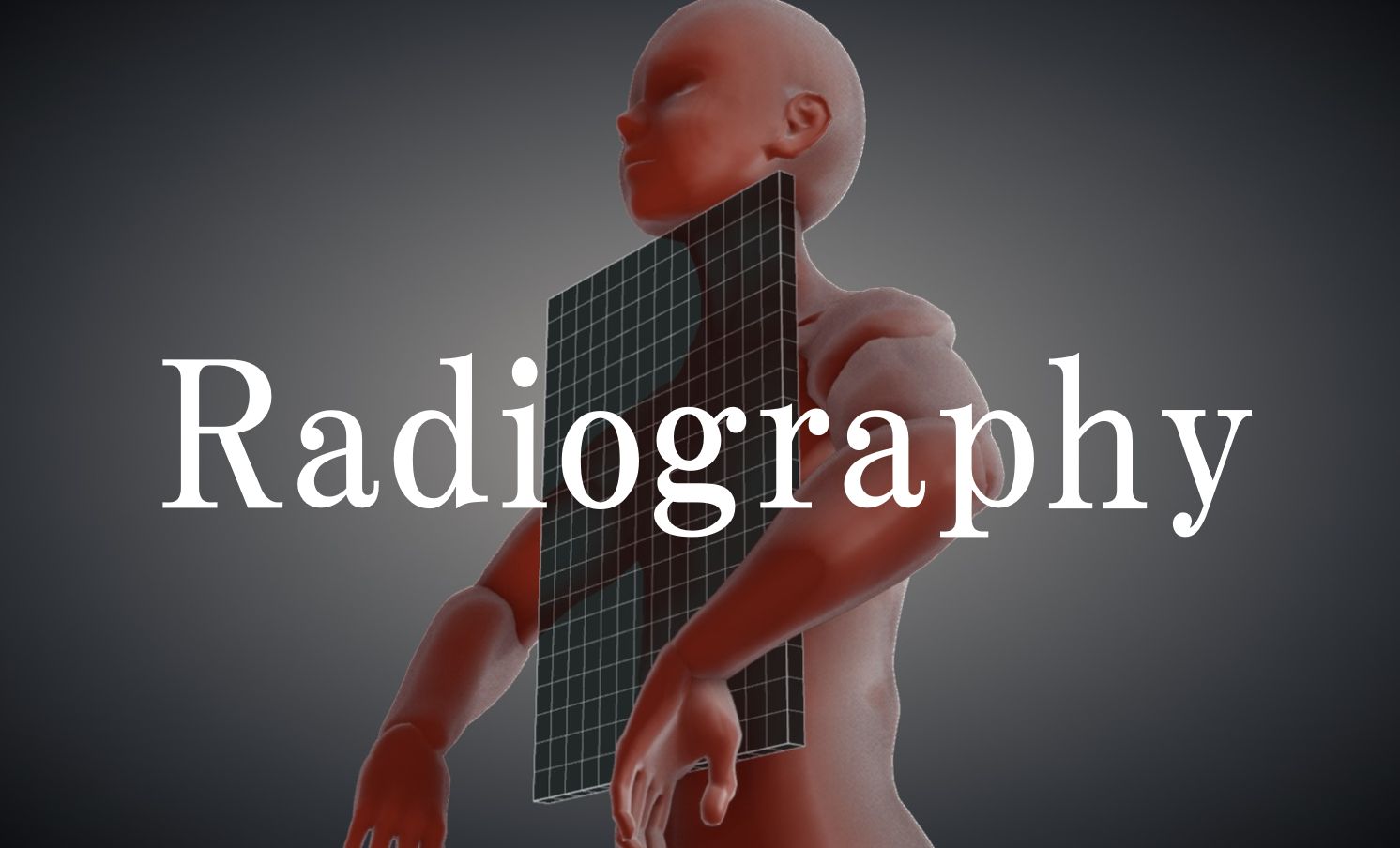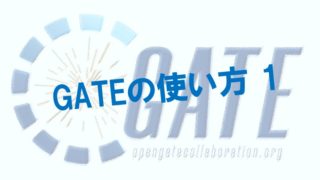Superior-inferior axial view
Lawrence method & Rafert method
Clements method
West Point method
Superior-inferior axial view
Purpose
Useful for patients who can only lie supine.
It is useful to observe …
-Morphology of the shoulder fossa (observation in tangential direction)
-Anteroposterior conformity of the glenohumeral head with the fossa articularis
-small tuberosity fractures.
Prior confirmation
Presence of fractures or dislocations. If in doubt, do not move arm.
Remove any obstacles.
Positioning
Sitting position.
Place the elbow on the affected side on the table with the cassette between them.
The shoulder joint is abducted 90° and the elbow joint is flexed 90°.
Lean into the table so that the glenohumeral joint is centered over the cassette. (If this is not possible, oblique incidence X-rays should be projected to the center of the cassette.)
Tilt the head toward the non-affected side and forward so that the head is not exposed to radiation. At this time, be careful not to lose positioning.
CR, distance, field size
CR : The central ray should be perpendicular to acromioclavicular joint.
Distance : 100cm
Field size : Including proximal 1/3 of humerus – glenohumeral joint.
Exposure condition
Grid ( + ) : 65kV / 8mAs
Grid ( – ) : 55kV / 5mAs
Suspend respiration.
Image, check-point
Normal (Radiopaedia)
Lesser tubercle can be observed in profile.
Articular gap of the glenohumeral joint can be observed.
Videos
Related materials
Lawrence method, Rafert method
Purpose
It is useful to observe …
-Morphology of the shoulder fossa (observation in tangential direction)
-Anteroposterior conformity of the glenohumeral head with the fossa articularis
-small tuberosity fractures.
The Rafert method is useful for observation of Hill-Sachs injuries (posterior lateral humeral head).
Prior confirmation
Presence of fractures or dislocations. If in doubt, do not move arm.
Remove any obstacles.
Positioning
Supine Position.
Positioning block under the body (shoulders) and lift the body.
Upper extremities in 90° abduction, palms facing up.
External rotation is superior for detecting Hill-Sachs lesions (Rafert method).
Tilt the head forward on the non-affected side to avoid head exposure.
Hold the cassette with the non-affected hand.
CR, distance, field size
CR : Oblique incidence at 25°-30° (Lawrence method) or 15° (Rafert method) toward the body axis with the acromioclavicular joint as the ejection point. If the upper limb cannot be abducted, the angle of oblique incidence is loosened accordingly.
X-rays are incident parallel to the table.
Distance : 100cm
Field size : Include the proximal 1/3 of the humerus to the glenohumeral joint. Minimize irradiation to the head.
Exposure condition
Grid ( + ) : 65kV / 8mAs
Grid ( – ) : 55kV / 5mAs
Suspend respiration.
Image, check-point
Normal
Lawrence method
Rafert method
The lesser tubercle can be observed anteriorly. (Lawrence method)
The glenohumeral joint and acromioclavicular joint gaps can be observed.
Videos
Related materials
Clements method
Purpose
Useful for patients who cannot lie supine or prone.
Useful for observation of Hill-Sachs injuries (posterior lateral humeral head).
It is useful to observe …
-Morphology of the shoulder fossa (observation in tangential direction)
-Anteroposterior conformity of the glenohumeral head with the fossa articularis
-small tuberosity fractures.
Prior confirmation
Presence of fractures or dislocations. If in doubt, do not move arm.
Remove any obstacles.
Positioning
Lying on the side with the non-affected side down.
Upper extremity on the affected side is abducted 90° and raised.
Hold the cassette with the non-affected hand.
CR, distance, field size
CR : Horizontal incidence with the acromioclavicular joint as the ejection point. If the upper limb cannot be abducted, oblique incidence is performed at 5 to 15°.
Distance : 100cm
Field size : Including Proximal 1/3 of humerus to the glenohumeral joint.
Exposure condition
Grid ( + ) : 65kV / 8mAs
Grid ( – ) : 55kV / 5mAs
Suspend respiration.
Image, check-point
Normal
A gap in the glenohumeral joint can be observed.
Videos
Related materials
West Point method
Japanese ver.
Radiopaedia
Radtechonduty
Purpose
Excellent observation of Bankart lesion (damage to the anterior inferior part of the labrum of the joint due to anterior dislocation).
※What are Bankart lesion and Hill-Sachs lesion ? (movie)
Prior confirmation
Presence of fractures or dislocations. If in doubt, do not move arm.
Remove any obstacles.
Positioning
Supine position.
Place a positioning block under the affected shoulder.
Externally rotate the affected side arm 90°.
Bend the affected side elbow and lower the forearm off the bed.
Turn the head toward the non-affected side.
CR, distance, field size
CR : Oblique incidence at 25° posteriorly anterior and 25° externally medially. Central X-rays are directed toward the axilla.
Distance : 100cm
Field size : Including Proximal 1/3 of humerus to the glenohumeral joint.
Exposure condition
Grid ( + ) : 65kV / 16mAs
Grid ( – ) : 55kV / 10mAs
Suspend respiration.
Image, check-point
Normal (Fig.5-5)
Bankart lesion
Articular gap of the glenohumeral joint can be observed.
The anteroinferior portion of the glenoid fossa (frequent site of Bankart injury) should be projected without overlapping the coracoid process.
Videos
Related materials

























